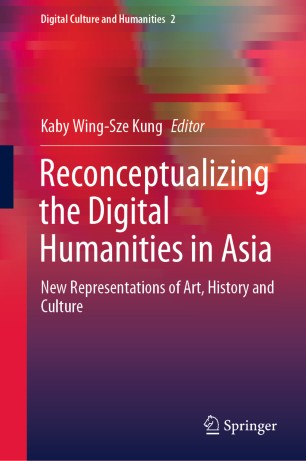

Most ebook files are in PDF format, so you can easily read them using various software such as Foxit Reader or directly on the Google Chrome browser.
Some ebook files are released by publishers in other formats such as .awz, .mobi, .epub, .fb2, etc. You may need to install specific software to read these formats on mobile/PC, such as Calibre.
Please read the tutorial at this link: https://ebookbell.com/faq
We offer FREE conversion to the popular formats you request; however, this may take some time. Therefore, right after payment, please email us, and we will try to provide the service as quickly as possible.
For some exceptional file formats or broken links (if any), please refrain from opening any disputes. Instead, email us first, and we will try to assist within a maximum of 6 hours.
EbookBell Team

4.3
78 reviewsThis book examines new forms of representation that have changed our perception and interpretation of the humanities in an Asian, and digital, context. In analyzing written and visual texts, such as the use of digital technology and animation in different works of art originating from Asia, the authors demonstrate how literature, history, and culture are being redefined in spatialized relations amid the trend of digitization. Research studies on Asian animation are in short supply, and so this volume provides new and much needed insights into how art, literature, history, and culture can be presented in innovative ways in the Asian digital world. The first section of this volume focuses on the new conceptualization of the digital humanities in art and film studies, looking at the integration of digital technologies in museum narration and cinematic production. The second section of the volume addresses the importance of framing these discussions within the context of gender issues in the digital world, discussing how women are represented in different forms of social media. The third and final section of the book explores the digital world’s impacts on people’s lives through different forms of digital media, from the electromagnetic unconscious to digital storytelling and digital online games. This book presents a novel contribution to the burgeoning field of the digital humanities by informing new forms of representation and interpretations, and demonstrating how digitization can influence and change cultural practices in Asia, and globally. It will be of interest to students and scholars interested in digitization from the full spectrum of humanities disciplines, including art, literature, film, music, visual culture, media, and animation, gaming, and Internet culture."This is a well-written book, and I enjoyed reading it. The first impression of the book is that it is very innovative - a down-to-the-earth academic volume that discusses digital culture."
- Professo